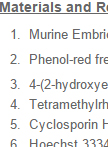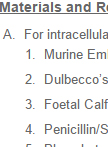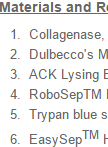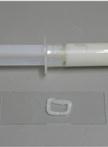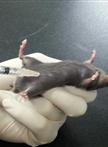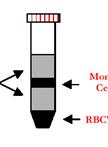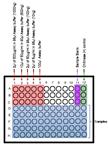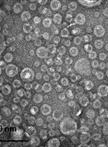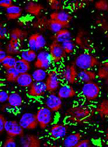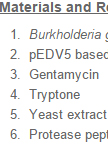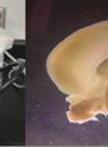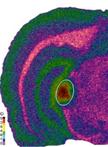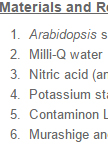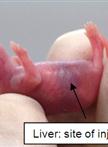Determination of the Intracellular Calcium Concentration in Peritoneal Macrophages Using Microfluorimetry
Calcium is one of the most important intracellular messengers in biological systems. Ca2+ microfluorimetry is a valuable tool to assess information about mechanisms involved in the regulation of intracellular Ca2+ levels in research on cells and in living tissues. In essence, the use of a dye that fluoresces in the presence of a target substance allows the detection of changes in the concentration of this molecule by determining the changes in the fluorescence of the probe (increases or decreases, depending on the nature of the dye used; for a review see Tsien et al. 1985). In this regard, there have been developed two different methodologies to assess intracellular Ca2+ measurements. On the one hand, ratiometric methods are based on the use of a ratio between two fluorescence intensities linked to the physicochemical properties of the probe. This allows correction of artifacts due to bleaching, changes in focus, variations in laser intensity, etc. but makes measurements and data processing more complicated since they require more expensive equipment with the possibility to change the wavelength emission/detection in a rapid way. Some ratiometric Ca2+ indicators are Fura-2 and Indo-1. On the other hand, on binding to Ca2+, indicators used for non-ratiometric measurements show a shift in their fluorescence intensity (the free indicator has usually a very weak fluorescence). Therefore, although an increase in fluorescence signal can be related directly to an increase in Ca2+ concentration, the fluorescence intensity depends on many factors such as acquisition conditions, probe concentration, optical path length, balance between the affinity constants of proteins binding Ca2+, among others. However, the fluxes of Ca2+ are of such a magnitude that these interferences are minor contributors to biases in the measurements. There are many non-ratiometric calcium indicators, some of which are Fluo-3, Fluo-4 and Calcium-Green-3. Consequently, the most suitable Ca2+-probe for each experiment will depend on the range of Ca2+ concentration that has to be evaluated, instrumentation, loading requirements, etc. In the present report we describe the protocol employed to quantify intracellular Ca2+ changes in peritoneal macrophages using Fura-2 as a fluorimetric probe and a microfluorimetric protocol that allows quantification of responding cells to a given stimulus, localization of the main intracellular domains sensing Ca2+ changes and a time-resolved analysis of the Fura-2 fluorescence that reflects the intracellular dynamics of Ca2+ in these cells (Través et al., 2013).




